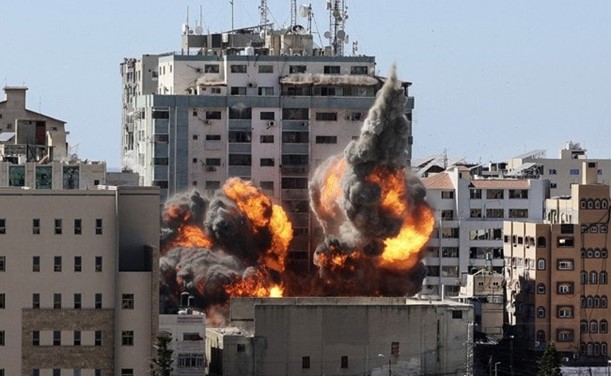
– Israeli forces take control of vital Rafah crossing
– US crude, product inventories expected to fall last week
– Saudi Arabia hikes official selling prices in June
London — Oil edged up on Tuesday after Israel struck Rafah in Gaza and talks for a ceasefire hung in the balance, maintaining the support that the market has gained from heightened Middle East tensions and risk to supplies.
Palestinian militant group Hamas on Monday agreed to a Gaza ceasefire proposal from mediators, but Israel said the terms did not meet its demands and pressed ahead with strikes in Rafah while planning to continue negotiations on a deal.
Brent crude futures rose 21 cents, or 0.3%, to $83.54 a barrel by 0810 GMT while U.S. West Texas Intermediate (WTI) crude futures were up 1 cent at $78.49.
“Truce remains elusive, and even if it is reached the question remains whether Houthi hostilities in the Red Sea would cease and the Suez Canal would reopen, significantly mitigating the risk of shipping throughout the region,” said Tamas Varga of oil broker PVM.
On Monday crude settled higher, partly reversing last week’s drop. Both contracts had registered their steepest weekly losses in three months as the market focused on weak U.S. jobs data and the possible timing of a Federal Reserve interest rate cut.
Yeap Jun Rong, market strategist at IG, said oil’s opening gains on Tuesday reflected “some roadblocks in the ceasefire talks between Israel and Hamas leading market participants to price for geopolitical tensions to potentially drag for longer”.
A stronger dollar (.DXY), capped gains, making crude more expensive for traders holding other currencies.
As well as Middle East tensions, the latest U.S. inventory reports will also be in focus.
U.S. crude oil and product stockpiles were expected to have fallen last week; a Reuters poll showed. Crude inventories could have fallen by about 1.2 million barrels in the week to May 3, based on analyst forecasts.
Saudi Arabia’s move to raise official selling prices for its crude sold to Asia, Northwest Europe and the Mediterranean in June also supported prices, signalling expectations of strong demand this summer.
*Alex Lawler, Andrew Hayley & Jeslyn Lerh, editing: David Goodman – Reuters



